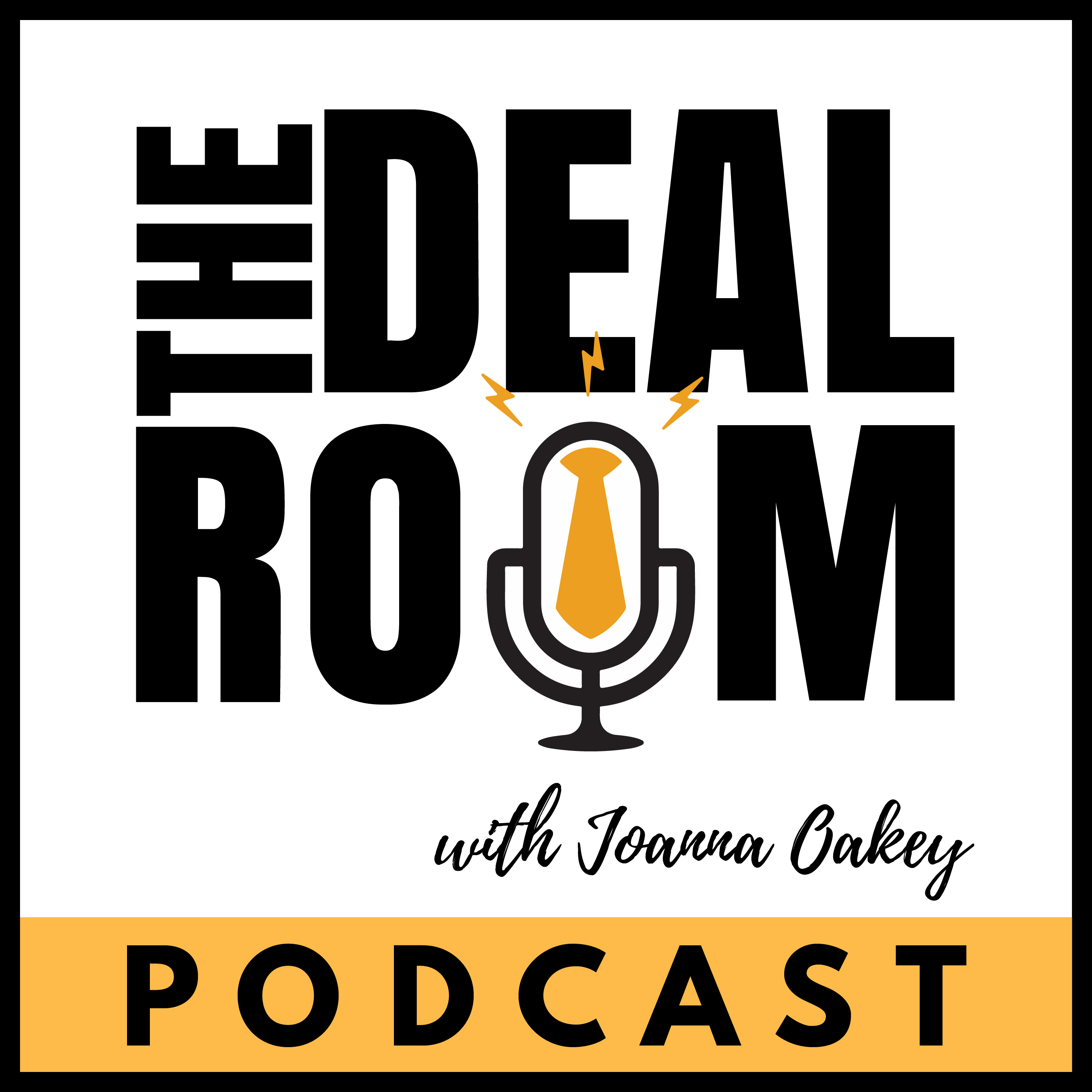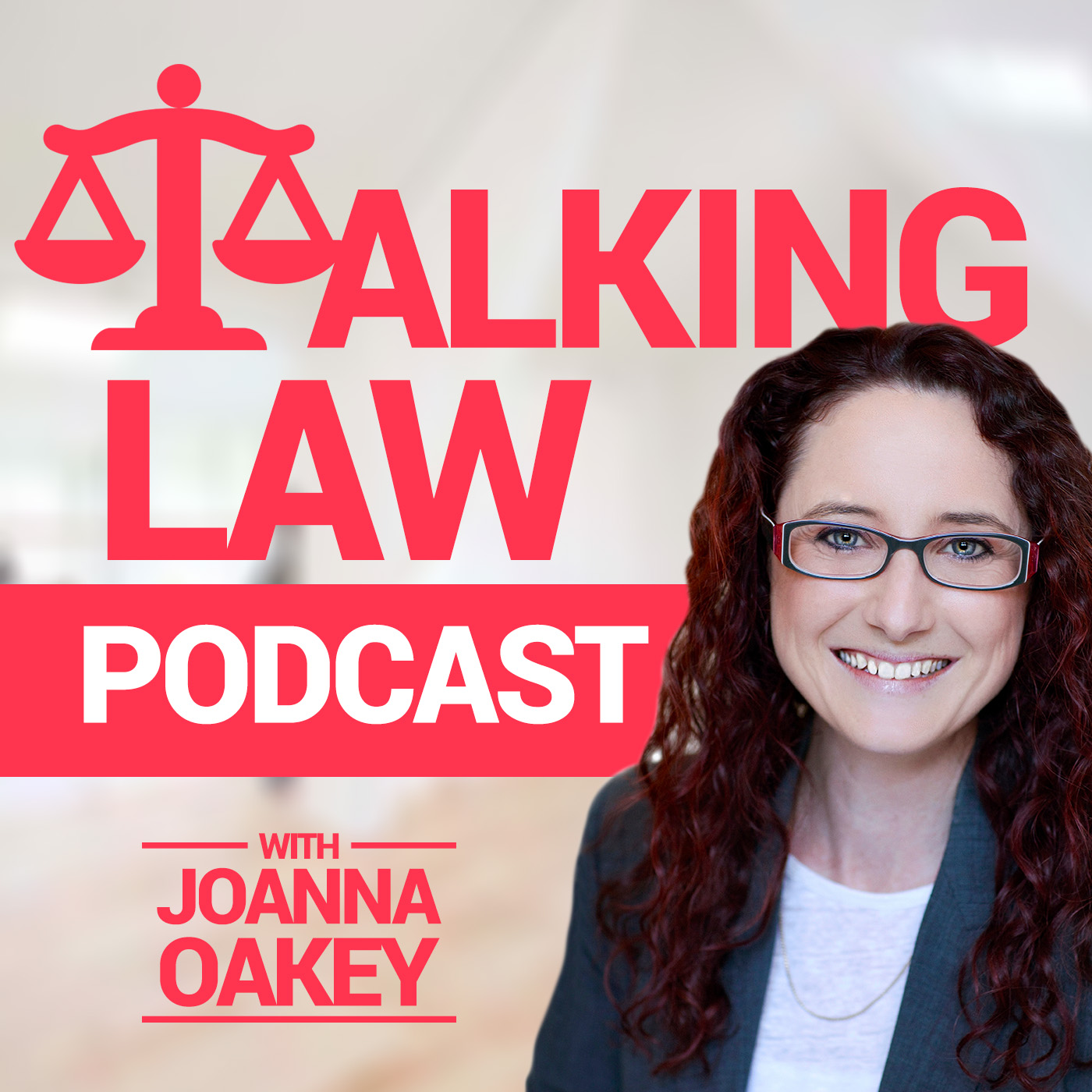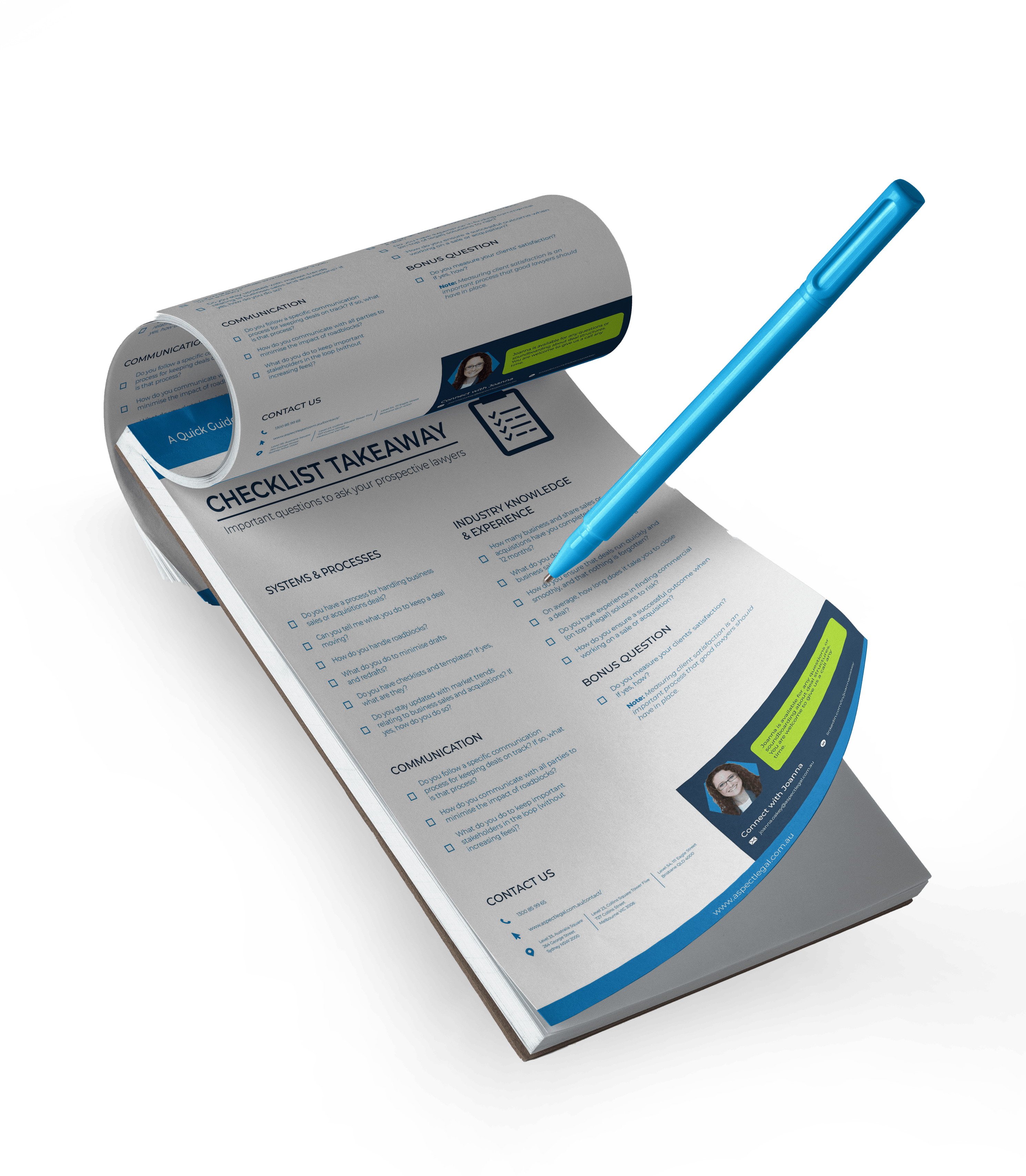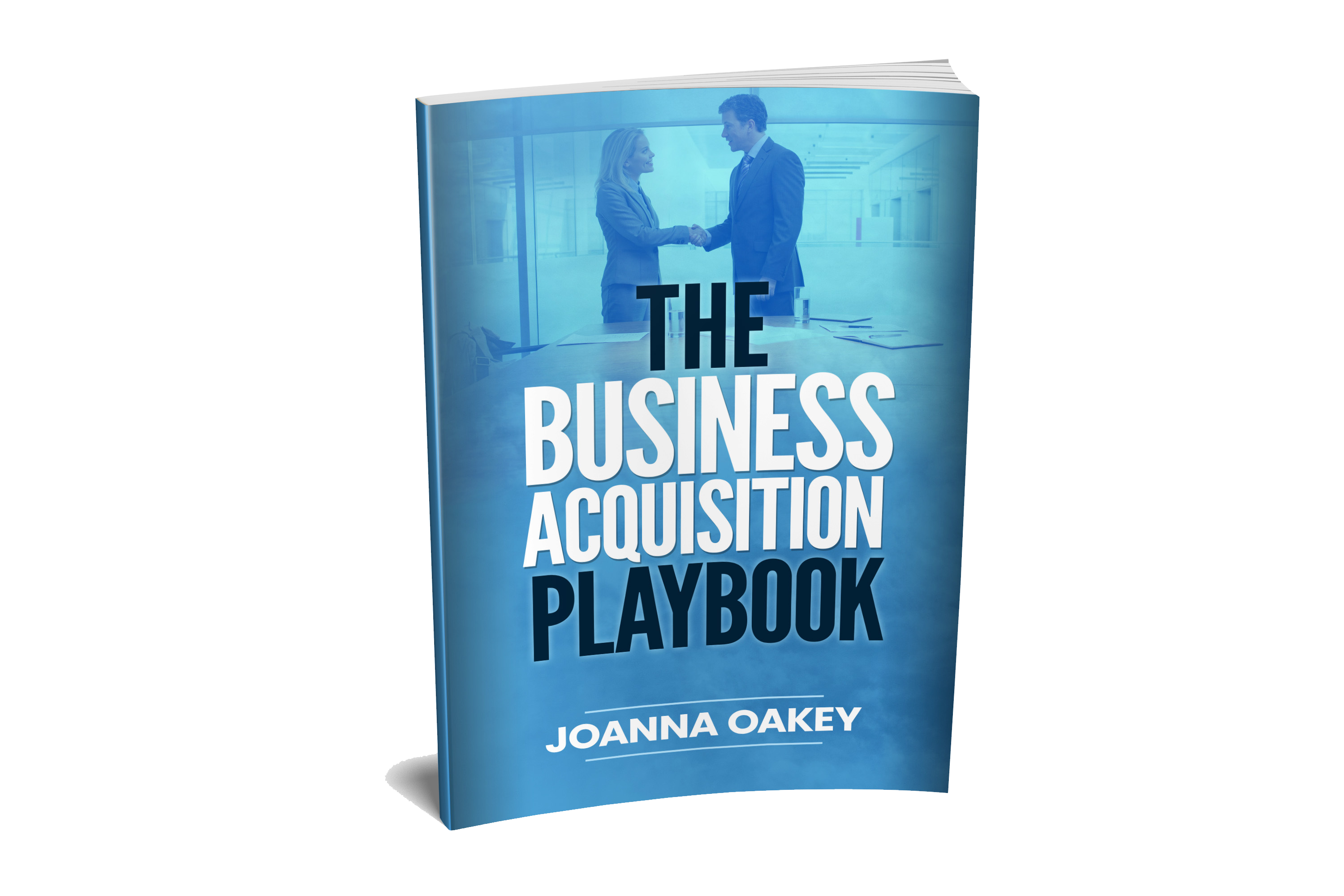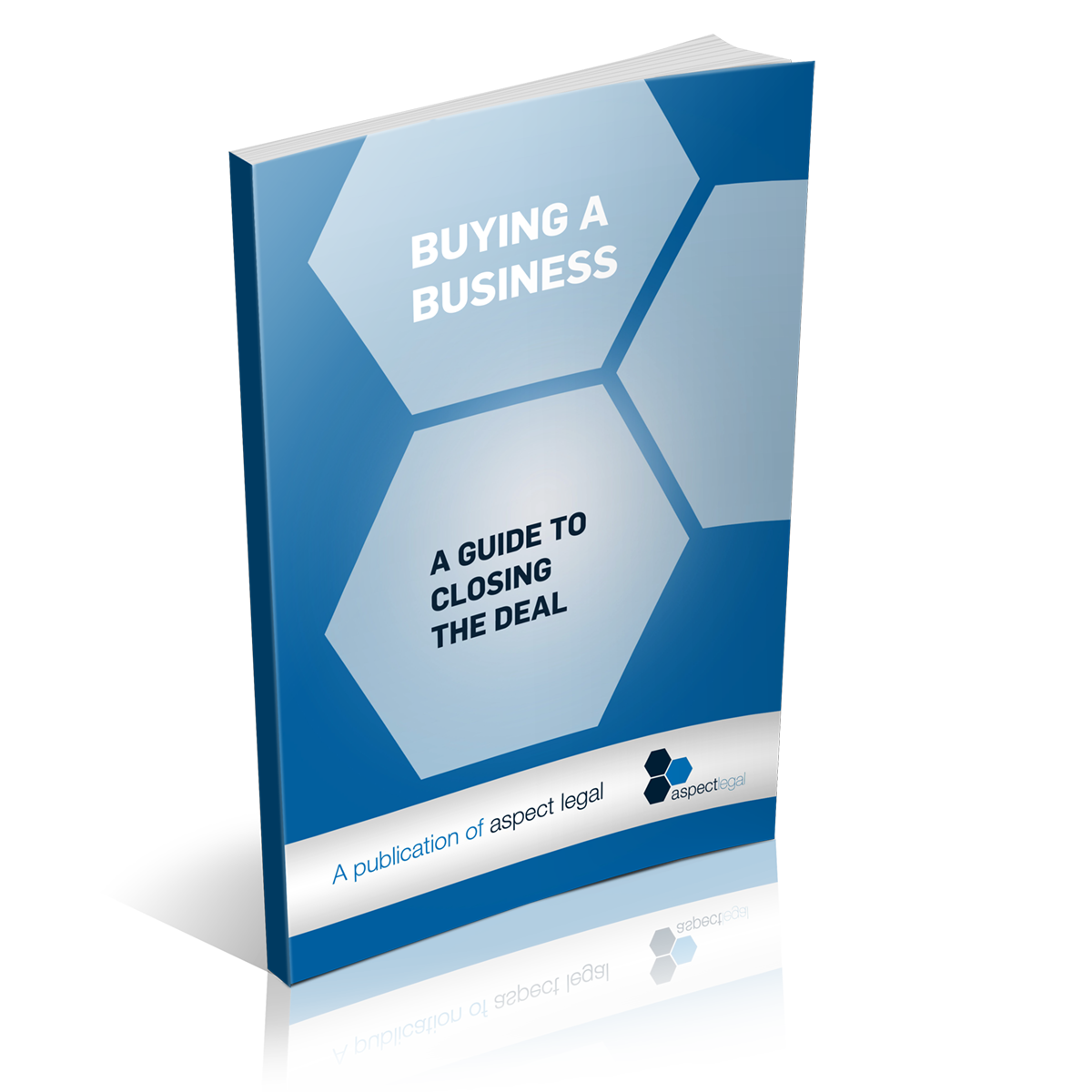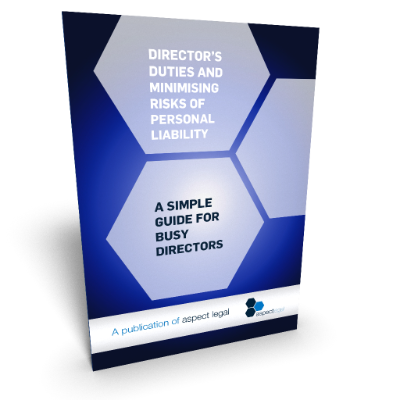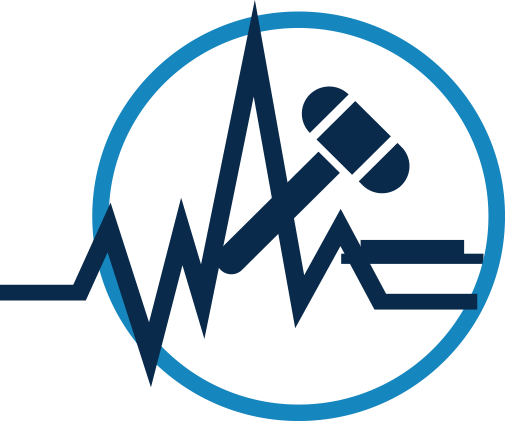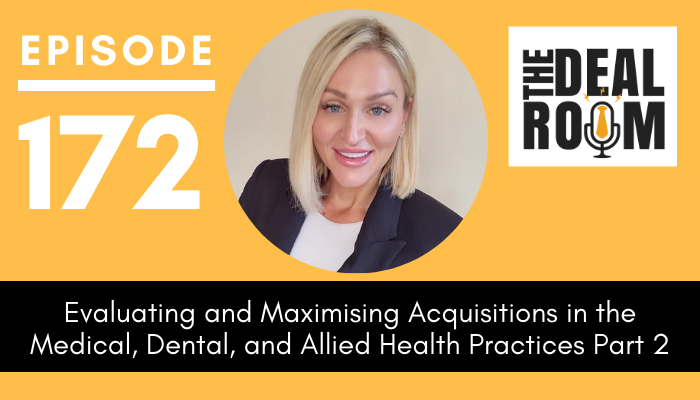
Continuing our two-part interview with Ami, in this second and last episode, we drill into acquisitions for medical, dental, and allied health practices. Our host Joanna Oakey and guest Ami Assigal dig into building a business plan to maximise value after acquisition as well as ‘KP-EYEs’ and their value to a business. They also talk about the benefits of working with practices that have multiple sites and tackle Green Field Investment versus Acquisitions.

Episode Highlights:
-
- Building a business plan to maximise value after acquisition
- KP-EYEs and their value to your business
- Working with practices that have multiple sites
- Green Field Investment versus Acquisitions
- Don’t be afraid to ask questions!
Connect with Paolo Lencioni:
Listen to the episode here and leave us a review:
iTunes: https://podcasts.apple.com/ph/podcast/the-deal-room/id1267098895
Relevant Episode:
Transcript below!
Note: This has been automatically transcribed so will be full of errors! We are not providing it to you as a word-perfect version of the podcast but just as an easy way to provide you with a different way to be able to scan for information that might be relevant to you.
Joanna: Hi, this is Joanna Oakey and you’re listening to the deal room podcast a podcast proudly brought to you by our commercial legal practice Aspect Legal. Now today we have part two of our two part series all about acquisitions for medical, dental, and allied health practices. And on board to talk about this topic we have Ami Assigal from practice partners. Now Ami is a dynamo with an MBA specializing in finance a diploma in practice management, and is now also herself, an owner of her own medical group. EYE health Ami provide services to medical centers, including strategic planning and business consulting, virtual practice management, site analysis, and feasibility and medical startup consulting. And in this two part series, we discussing due diligence on acquisitions in these health services sector how to evaluate a practice and building a business plan for maximizing value after acquisition. Because of course, if you are looking at acquiring a medical, dental or allied health practice, it’s not just about today or the point of acquisition, it’s also about the growth potential of that business into the future. Now, if you have missed our first part of this two part series, make sure you go back and listen into that because we talked there a lot about feasibility studies, examples of the benefits of doing it at the right time, and some examples of some case studies where things have gone wrong when feasibility studies haven’t been done at the right time. We also in that first part of this two part series really looked at how to evaluate existing or current performance versus the growth potential of a business that you’re looking to acquire. Here in part two, we now talking about building a business plan around maximizing value after acquisition. We’re talking about KP-EYEs not the usual meaning of KP- EYEs and what they can do for your business. We also talk about working with practices that have multiple sites, we look at the difference between Greenfield investments versus acquisitions, and we rounded out with the answer to some often asked questions. So back only and here we go with part two of our two part series all about acquisitions for medical, dental and allied health practices.
Joanna: Brilliant. I absolutely love it. And so then if if we talking about, I guess this next component with which is the business plan, or building the plan around maximizing value after acquisition, how is it that you practically go about this with your clients? I mean, do you build a business plan for them? Do you tell them what they should expect? In terms of you know, the uplifting each of these different areas are what does it look like? How does that all work together?
Ami: Absolutely. So usually, looking at as a new client base, I do the same thing is about to take on a healthcare clients or at an existing Medical Center that I’m taking on doing some coaching or mentoring for or some virtual practice management for. And we like to look at those figures and say, Can we get a p&l broken down monthly, or the last two years, and let’s put into a financial forecast. And what we’re going to do then is have a look at what we can forecast happening in the first 12 months of ownership, new ownership. And from that, we start to see trends, we start to see where we can make some quick wins, what’s expensive, what’s a bit interesting, we should look deeper? What about doctors actually making out of the practice, and how much are they utilized or utilizing the MDS through that we can see all of these bits of information through that financial forecast. That financial forecast, we start to then go write, the strategy we’re going to do is we’re going to do a marketing strategy. So that’s going to cost us this much, we’re gonna expect about this much uplift on that side. And we can start to forecast the strategy financially into these. These, it’s actually an Excel which is all formulated behind the scenes. Now, what they do with that is take that away with the narrative, which is the business plan. And we mark that outside, this is our working document, every month after open after they’ve taken over, they will actually mark out the budget to actuals every single month, so they can start to make some money here. And yeah, we did get up there. Okay, so we spent some money here and we didn’t get quite the obvious route. Why did that happen? So then we start to build up that narrative behind it and say, Okay, let’s change that or divert the strategy to a different area. You know, what? We’re gonna bring it on on a GP, we have to spend 15-20 grand on a GP recruitment. What does that look like for a bottom line? Oh, that hurts. Okay, but what can we expect from that? Okay, we can see an uplift here, we’ve got the patient base, we understand what we need. We know when we need them in our roster, because we’ve had a look at our appointment book, you start to then plan each and every step, and we can bring it back to a monetary base and say, Well, now we know the work we’re putting in, we’re actually getting out.
Joanna: Love it. Absolutely love it. Brilliant. Okay. And Ami? Earlier, when we were talking. You mentioned technology and the importance of technology. Can you give us a bit of a, you know, an insight into what do you think some of the cutting edge technologies at the moment or what’s working really well for practices?
Ami: Yeah, absolutely. So one of my favourites at the moment is a program called KP-EYEs. So KP-EYEs like the eyes on your face is a play on words, but it does actually pull out all your KPIs under practice. Now, the beauty of this is it actually gives us the facts of what’s happening for us to gain like I keep talking about that narrative and strategy that we need to move forward, pulling out things so you’re actually logged in Xero, and actually comes into your PMS system as well. And it sits in between those. Okay, so integrates between it and pulls out things like, what is the utilization of your appointment book? What are your billing styles and your doctors and what are they building? Lots of and not a lot of what are the opportunities in your practice, he even goes to show you what item 23 should have been a 36. And what 36, this should have been a 44 based on time spent with the patient. It pulls out information about where we’ve got gaps in the appointment book, and where we could be putting another doctor in, it has a look at our demographics. So it actually pulls out quite a bit of information to allow your due diligence to come to life. So if you can have this program and use it as due diligence, you keep it on, because as you keep it on, you start to see the trends happen. And you start to see things and you can relate that back so that its integration for you know, a monthly cost. And it’s I think it’s associated with how many GPs you have on board. It gives you such an insight into practice. But again, all of these systems, you can pull out all the data in the world, but it’s what you do with the data.
Joanna: Isn’t that so true? That’s exactly and whether you’re understanding the information that’s coming out as well because data is one thing, but then being able to extrapolate Well, what does this actually mean? And then as you say, the next step, you know, so what are we going to do about it? Are all of those things that, like, seem obvious on the face of it, but they’re not. So data in and of itself can be, you know, incredibly powerful, but it’s nothing? And unless you know that there’s some sort of proper analysis, with obviously the insight of what is this train? And what does that mean? And then what do we do about it? And so I’m so interested, I have to ask, what is the most interesting insight that you’ve ever seen out of this, or maybe something that has been shocking to a practice owner that they just hadn’t realized in the past?
Ami: Absolutely. So you there is a practice, and, you know, good, I’ve been matching for a little while, and it has fully utilized its rooms. So all the rooms are utilized, they’ve got nurses in there, patients are good, the appointment book looks pretty strong. I think, you know, 16-17 doctors, 10 rooms, you know, I think there’s only one afternoon on Tuesday, for two hours, it’s free, you know, so they are fully booked, and they’ll say, you know, we’re running a pretty good practice. They don’t do care plans, you know, they, they might do, maybe, you know, one per doctor every so often. And the gist of that is that we just don’t have the time or space. And I was like, we need to find that time and space. For me, it’s, you know, it’s comprehensive care for that patient, number one. Number two, I think that there’s a huge amount to be made out of that we are very underutilized in the nursing space. And that’s something where the nurses are busy being busy, but we need them busy actually assisting the GPS. And so you know, bringing my nurses on, I think they’ve got a three or four treat their treatment route. You know, so there’s a lot, we can do a space. And that’s just something that just had not come to light. I think there are a few other things too, things that haven’t been automated, we might have, you know, a system in the background, a hotdog or an auto med, but yet we’re still printing out the reports and calling the patients. Why are we doing that? How can we utilise that nurse doing care plan right now? And let’s automate that through a system. That means that the patients get three points of contact without the nurse picking up the phone at all, you know, and these are just, I don’t know what you don’t know. And sometimes we do have in the practice owners that are bogged down in the day to day seeing patients every day, day in day out, the managers, you know, busy doing stuff thing, someone calls in sick, the phone rings are going to criticize and coming up, we’ve got to do the doctors pays and staff pay all of these things can be integrated to make efficient, and then we can concentrate on things like viability profitability, because let’s be honest, we’re a business as much as we are a benefit and a community source. You know, we are about comprehensive care, but we’re still a business.
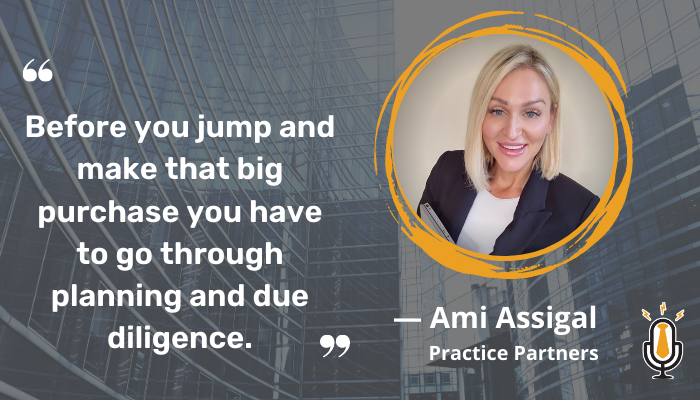
Joanna: Yeah. Absolutely. And I guess the last topic that I want to touch on, as we rounding out here is I’m interested in your experience and working with practices that have multiple sites, and you know, whether or not grainfields or acquisition is the best way to go. So maybe stepping back first, what’s your perspective on the benefits of multiple site ownership?
Ami: Right, so I think the big mistake I see first of all, with multiple practice ownership is that one, you know, I can have one model and run it exactly the same through all of them. And for me, it’s having multiple sites. If they’re close to each other, you can obviously share a staff at a different base throughout the site, you obviously have a wider spread and allied health can move between two sites. Absolutely the profitability for that is a lot higher. The concern I have sometimes is that one cookie-cutter model does not work in every location, demographic, socioeconomic status, changes, the names of the community have changed. You need to be able to To be pliable a little bit in that transition to having to. So what are the benefits, I think making sure we do have that difference in each and every site. So what is going to work, for instance, I’ve got visit a number of different clients that we had that have two practices, but one in particular tries to run them exactly the same. And then you’ve thought, Oh, this practice isn’t really being as profitable. The other one is because the need in that practice is different to the need in the other practice. You know, one practice does on skin checks, but the other practice doesn’t. Why is that? Because there’s a skin check place just down the road? You know, we’re sharing the patient base.
Joanna: Yeah. And I often wonder if that is sometimes a missing link, as well, when, when we have practice owners who are out shopping to acquire another practice, you know, really reflecting on who are we where do we make money? and what’s the fit? You know, because quite often that fit maybe isn’t considered to the extent that it should be it sounds to me, like, perhaps this is something that can run through them and create issues, ultimately, if they try and run, you know, to effectively different practices in the same way.
Ami: Absolutely, yeah. And then we sit there’ll be systems and policies and procedures that will run across both. Absolutely. So I’m going to talk about IT integration, integrating the same IT into both sides. Absolutely. But we have a look at the service offering. And the point of difference in both sites has been different. I get medical centre groups or aspiring Medical Center groups that come across my desk all the time, we just want to pick up medical centres. So, anyone that wants to sell, we want to buy, Mike okay, but what’s your vision? What’re your values? Why do you want these practices? So let’s look at that first to find out which ones will be the best suit for you. Because you can really do a lot of damage by coming in and flipping up a site to make it what you think the site needs to be based on your other sites not looking at what’s the goodness in it already?
Joanna: I totally agree. I love it. I just love that. And I think you know, this absolutely needs to be part of the strategy of acquisition, but quite often is forgotten about. And you know, maybe coming full circle that comes back to this, this feasibility discussion that we had right in the beginning, it’s well, let’s including the feasibility discussion, what it is that your practice right now looks like and how you’re looking at a new practice to integrate into that, how that will help with that actually work together? And how do you think you’re going to leverage the value out of that? And is that realistic?
Ami: Absolutely, there is goodness in everything that you buy, but it’s about finding the good, leveraging off the curse, and then adding in the strategy and the skill set you have. So I think that you’ve got to treat each one individually. And a lot of people will say to me, do you think I should buy this based on this one I have? And I’ll say I can’t give that answer. I don’t know. I’ll give you all the facts. And I’ll give you the narrative behind the facts. And then we can sit down and chat again, and how it aligns with you and your vision because that’s the most important thing.
Joanna: yeah. And so it’s not just about what is the black and white valuation that you’ve had done on this practice? Right. There are just so many more dimensions. I think that’s where we going today. Right. Very last question, Ami. What do you prefer greenfields or acquisition?
Ami: I’ve found grainfields. However, we are moving into the acquisition stage is a bit of a sneak peek for you. And that we are Yeah, we’re moving into a new acquisition, unlike due diligence on an acquisition site, because I like to really get into the nitty-gritty. It’s really exciting to see what’s happening in there and how we can change it around. I love to see the results of the acquisition. They’re fantastic. But you know, what I’ve, in Personally, my own medical centre groups, I like a Greenfield’s too, because I can jump in there and just talk about complete point of difference. So they all have their pros and cons, to be honest. And really, I think it does depend on what’s the risk level of the client as well. So some people come in and they say, I only want to do Greenfield or I only want to do acquisitions. My answer is But why? Always I asked the question Why? Because it should be based on more than just because I was told that that’s what I need to do. Or I was told that greenfields are scarier than acquisition. There’s a lot more you can pull out of acquisition that can be detrimental to the business than what greenfields would be just starting from scratch. You know you can pros and cons of bias but they all have their exciting elements. Personally, I like greenfields but I am moving to be considering acquisitions.
Joanna: We hear you considering acquisition and so we like it. Welcome to our side of the fence Ami, I love it. Maybe we have to have a maybe this is like a showdown at some stage. We should come in with that. Okay, let’s line up from each of our perspectives.
Ami: Yeah.
Joanna: I love it. Ami, it has been an absolute pleasure. Do you have any parting last thoughts for our audience today to take away from the many, many nuggets of gold you’ve shared?
Ami: I would just say, um, there’s so much in planning. So when you have that first thought start then before you jump and make that big purchase, or sign a lease, things will hold for you to map that to diligence, there’s so much in it. And you can find out so much more that will grow your business for many, many years, not just opening it up, get it up and running for the first 12 months and then work out. I’ve got a massive question mark, where do I go now? So plan, plan, plan, plan, plan, there are people out there, there’s a big fan of saying, put the tools in your toolbox, get your legal team, get your accounting team, get your you know, due diligence team around operations, get them all together and put them in your toolbox carry them with you when you visit a site because you’re going to need them. So go ask for help and open the doors to everyone. Don’t be scared to ask.
Joanna: Well, of course. I’m going to agree with you wholeheartedly there, Ami. Just slightly biased of course.
Ami: Your toolbox clients.
Joanna: Do you know what? We are so tweeting that guy’s, watch out. I love that. That’s such a good saying. Look, it’s been an absolute pleasure. Ami, thank you so much for coming on to the show. I’ve just really loved the conversation. And boy, what gold has been in there for our listeners today. But thank you a massive thank you. And we have to get you back again for that panel fight.
Ami: Thank you so much for having me. As you know what I’m sure there’s going to be more and more of these podcasts come because there’s we’re only just touched on a few areas.
Joanna: 100% we’ve got a lot of things to dive into. We’ll be back. Thanks so much Ami. Well, that’s it for our two part series all about acquisitions for medical, dental and allied health practices. I hope you enjoyed that two part series. And of course, if you would now like to go and talk to Ami Assigal about some plans that you might have in acquiring or starting up a medical, dental or allied health practice, then just head over to our website at the dealroompodcast.com, where you’ll be able to find a link straight through to Ami and her team at practice partners or just head over to the show notes in your podcast player and you’ll be able to link straight through from there. Of course at our website, you’ll also be able to find details of how to contact our legal Eagles at Aspect Legal If you or your clients would like to discuss any legal aspects of sales or acquisitions. We work with clients both big and small and have different types of services depending on size and complexity. So don’t hesitate to book an appointment if you’d like to find out how we might be able to assist and finally, if you enjoyed what you heard today, then don’t forget to pop over to your favorite podcast player and press subscribe and maybe you might even consider leaving us a review. I be ever so grateful. Well that’s it. Thanks again for listening in. You’ve been listening to Joanna Oakey and The Deal Room podcast a podcast proudly brought to you by our commercial legal practice Aspect Legal. See you next time.
Our Business Sales and Growth by Acquisitions Services
Aspect Legal has a number of great services that help businesses prepare for a sale or acquisition to help them prepare in advance and to get transaction ready. And we’ve also got a range of services to help guide businesses through the sale and acquisition process.
We work with clients both big and small and have different types of services depending on size and complexity. We provide a free consultation to discuss your proposed sale or acquisition – so see our show notes on how to book a time to speak with us, or head over to our website at Aspectlegal.com.au
Disclaimer: The material contained on this website is provided for general information purposes only and does not constitute legal advice. You should not depend upon any information appearing on this website without seeking legal advice. We do not guarantee that the contents of this website will be accurate, complete or up-to-date. Liability limited by a scheme approved under Professional Standards Legislation

